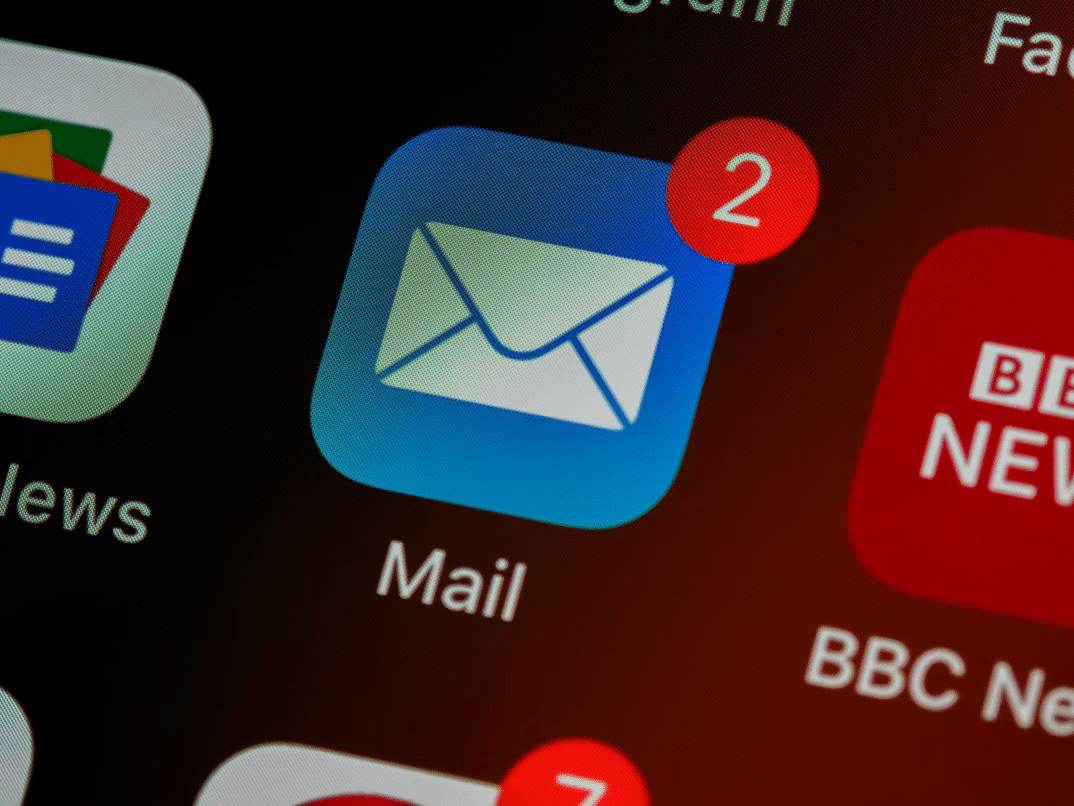5 Easy Ways to Get Busy People to Respond to Emails
Due to the nature of modern market environments, most of our work time is dominated by the constant rush to improve and deliver as much as possible, desperate to one-up our rivals. Even what little free time outside of work we have is geared towards maximizing gains and productivity.
Naturally, such a busy environment, no matter whether we are talking about a digital marketing agency, political lobbying firm, or software house, forces many to compromise and prioritize their tasks. That means activities deemed less important are either put on hold or reduced in scope. Responding to emails is definitely one of them. It’s not unnatural for an individual to receive hundreds of individual pieces a day, all from varying sources and pertaining to different matters. Faced with such a flood of messages, many busy people simply skim them or outright skip entire messages. More often than not, you can forget about getting a response to your inquiry. There are, however, ways to grab enough attention of your recipient and interest them enough to make them respond. Read on to learn just how to achieve that feat.
Always Write Emails on Your Own
Emails have been the backbone of business communication for decades now, and millions of them are being sent every day. Obviously, such a sheer volume of text takes a lot of time to create. According to the analysis by McKinsey Global Institute, workers can spend over a quarter of their workweek on email-related activities alone. Naturally, thanks to immense progress information technology has made over the last few decades, a solution in the form of email writing software has been found.
The issue is, such software is not yet perfect. To put it simply, email drafts created by AI still tend to be quite basic in their form (to learn about the pillars of effective communication, you can see more here). While helpful in terms of workload and cost reduction, they are less effective at grabbing the attention of your typical employee, let alone a very busy person that doesn’t have any time to spare. It’s much better to give this task to an experienced employee, who knows the ins and outs of style, form, and language necessary to write something that will captivate even the pickiest of readers.
Remember About the Structure
All in all, writing is an art, and creating emails surely belongs in this category. But for them to be the most effective, certain rules cornering the structure need to be followed.
The Title Should Be Catchy Yet on Point
The truth is, someone knee-deep in assignments, business proposals, or simply correspondence won’t even open most of the emails. They will often decide the relevance and importance of their mail based on the title alone. As such, messages titled “Hi. As you probably know, you had a lecture last week, which I was also attending…” will often be ignored immediately, designated by the overburdened target as spam or something to be read later. In reality, many people never do.
By creating a more concise title that is also made to grab attention, you significantly increase your chances of having the mail studied and eliciting a response. Something like ‘Amazing lecture on robotics last week, possibility of an interview?’ tends to be a much more effective method of making an email hook, line, and sinker.
The Mail Itself Shouldn’t Be Too Long
Once the attention of your recipient has been captured, they will most likely click on it and start reading. Unfortunately, the battle to elicit a response from them still hasn’t been won. The next hurdle is the time your recipient can spend on one message. Statistics show us that time spent on reading a particular email piece tends to be measured in seconds. As such, writing an entire essay, no matter how good it is, is not going to be effective here.
First of all, try to make it as short as reasonably possible. The more concise it is, the more of it will be initially skimmed by the reader, and the bigger your chances to capture further interest get. Additionally, consider packing as much relevant information early on, so that the person who received your message knows that you value their time and make an effort to show it.
Consider Using Bullet Points Whenever Possible
Even if you pack enough information early on, the nature of your message might be complicated and data-dense enough that trying to skim it in its natural sentence-oriented form is going to be too much for your reader. To deal with this issue, try to compile your most important info into a bullet point frame.
Such a structural choice not only makes it easier to quickly digest info but makes it less of an effort to form a substantive response. In simple terms, the person who received it doesn’t have to invest a lot of their time to find particular data when responding, making them more likely to send a message back. After all, convenience is a driving force too.
The Language You Use Is Just as Important
As you might have guessed, the structure is not everything. Your way with words can have an impact on the way your mail is received.
First of all, try to refrain from using too many complicated words and sentence structures in your email. While it may sound great in your head, such a message can be confusing to the mind of a business-oriented person. Not only is such an approach inefficient in conveying the message, but even worse, it can create a wrong impression of you as someone arrogant. Not a perfect outcome when eliciting a response is a priority.
In the same manner, refrain from using too much corporate and marketing language. You are, after all, usually talking to either a professional who is proficient enough in these to know how they work or an overworked individual that wants nothing less than for the never-ending stream of emails to finally stop coming. Seeing a message full of such jargon can be offputting to even the most patient of individuals. In the worst case, your target is a highly idiosyncratic influencer who doesn’t identify with corporate culture, and sending them such a mail might not only lead to a hard pass but even being blocked.
Focus On Your Target, Not You
One of the biggest mistakes many modern businesses make when sending emails to people is that they focus almost exclusively on themselves. They assume that the recipient is actively waiting for similar messages.
Emphasizing why it was them that your business chose to contact is a much superior way to initiate contact and get a response. The reason for that is simple. People love being put on a pedestal, being reminded of their achievements, and having their actions appreciated. For an overburdened, busy person who has little time for any sort of gratification, such a show of appreciation might be just what pushes them to respond.
Moreover, try to offer them your help if possible. This approach works on many different levels by not only being a great gesture that your target might appreciate but also making it a matter of politeness to respond, even if with a decline. But even a negative response is a channel that is open for possible future communication. The first ice has been broken.
Offer Them Alternative Means of Communication
When a person is flooded by emails on a daily basis, responding to a hundredth message (that just happens to be yours) can be quite an offputting experience. After all, constant repetition is one of the biggest sources of boredom and lack of motivation. As such, offer them an alternative way to contact you, one that might just be more convenient at the moment.
To illustrate the point, if your target has an office half a street away, consider including your address in the initial message. It is entirely possible that the recipient, willing to get a break and catch some fresh air, will simply come to you and discuss the email on-site. Moreover, never forget to add your phone number. Answering by a voice or video call is a much more convenient form to respond with for busy people, as it can be done virtually anywhere – in an office, during a lunch break, or even when working out. Emails, on the other hand, require you to sit down and type the answer manually.
Conclusion
As you can see, eliciting a response from busy people doesn’t have to be as hard as many think. What you need to remember is that your target is also a person, and as such simplify the effort needed on their part as much as possible. As such, make your emails as structurally and linguistically convenient to read and get information from, focus on your recipient, and offer them other ways of getting in touch with you. Such dedication on your part is surely going to be seen and make the person you’ve sent an email to more eager to continue the conversation. After all, good deeds tend to get rewarded.
Sell more, understand your customers’ journey for free!
Sales and Marketing teams spend millions of dollars to bring visitors to your website. But do you track your customer’s journey? Do you know who buys and why?
Around 8% of your website traffic will sign up on your lead forms. What happens to the other 92% of your traffic? Can you identify your visiting accounts? Can you engage and retarget your qualified visitors even if they are not identified?





